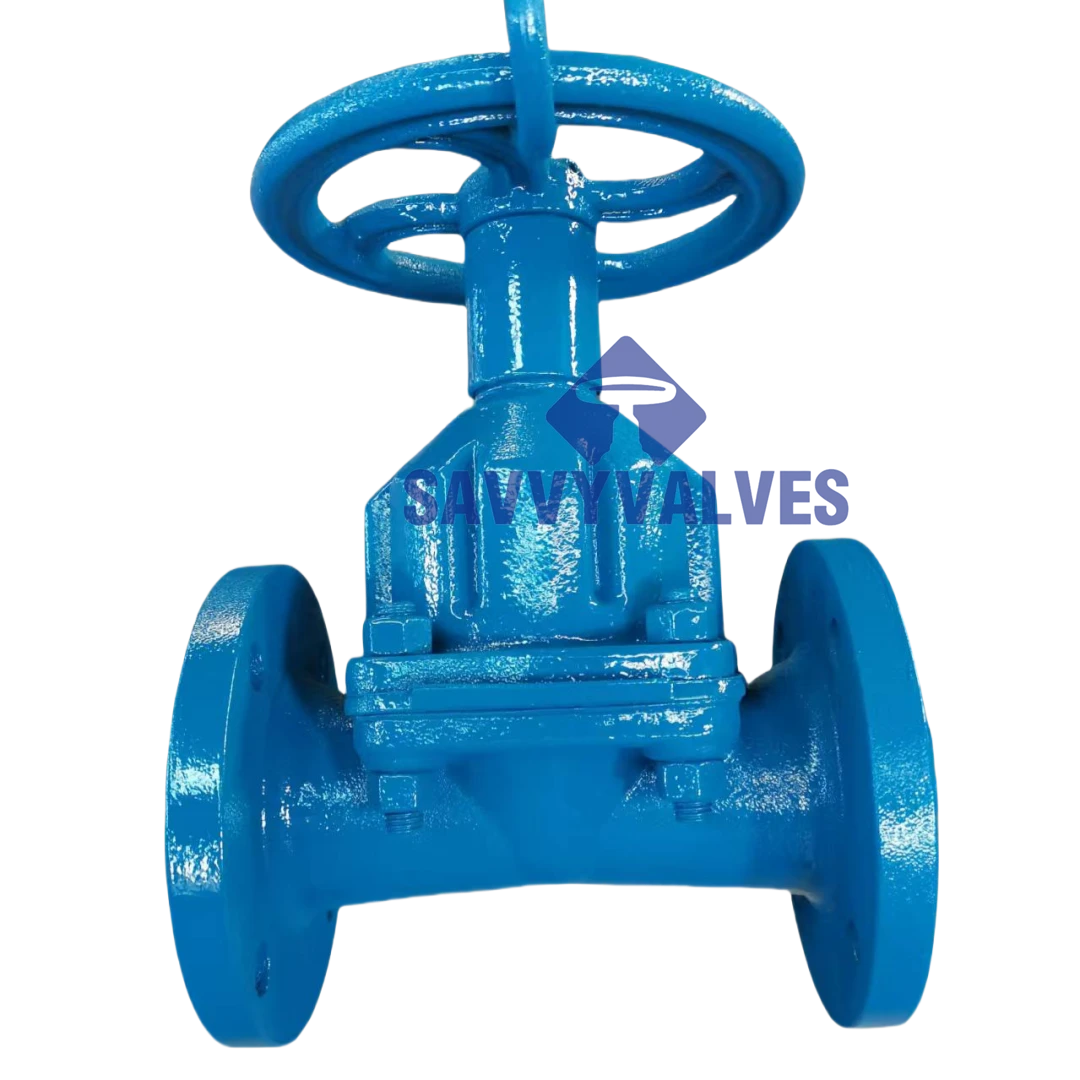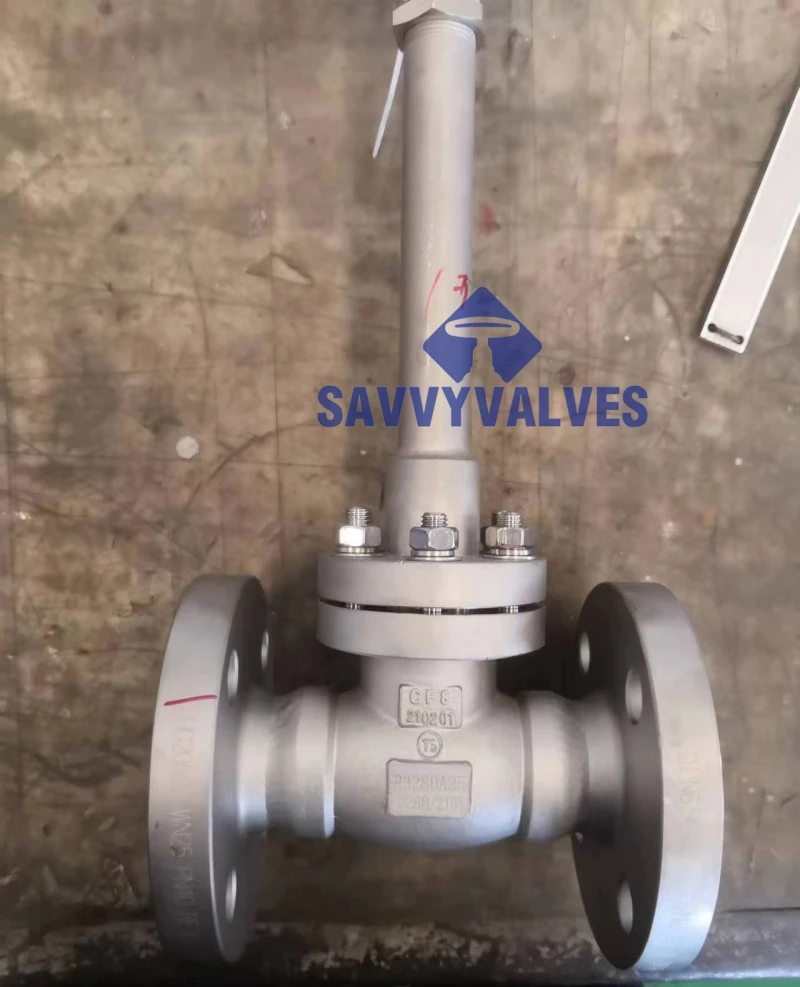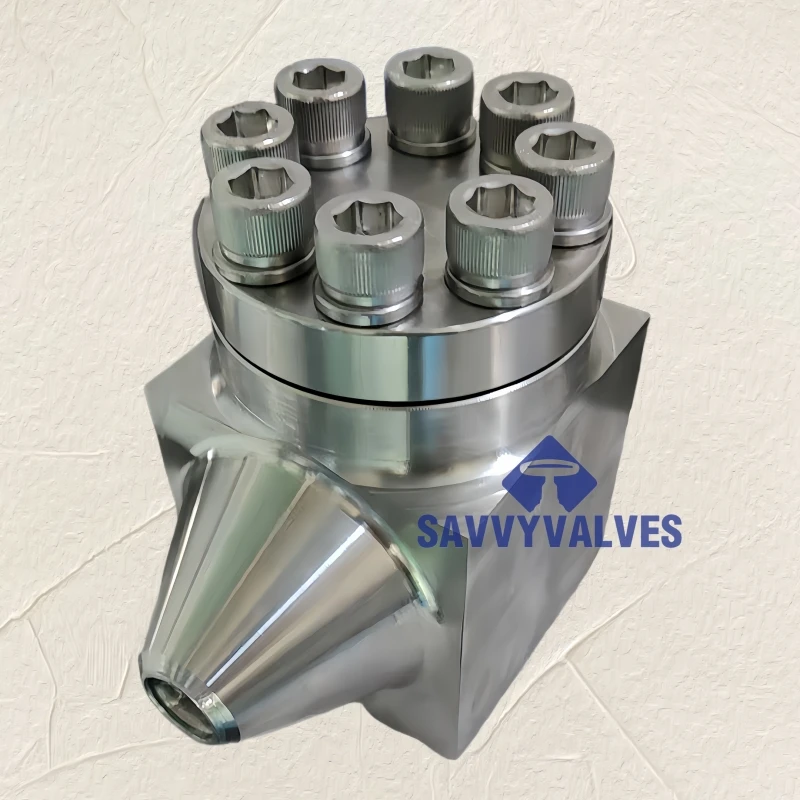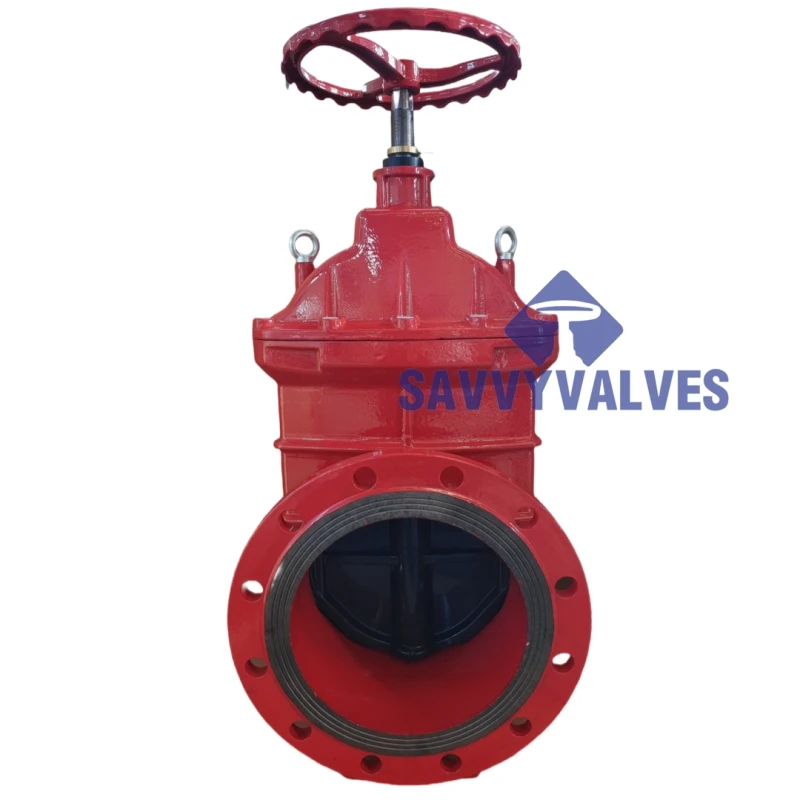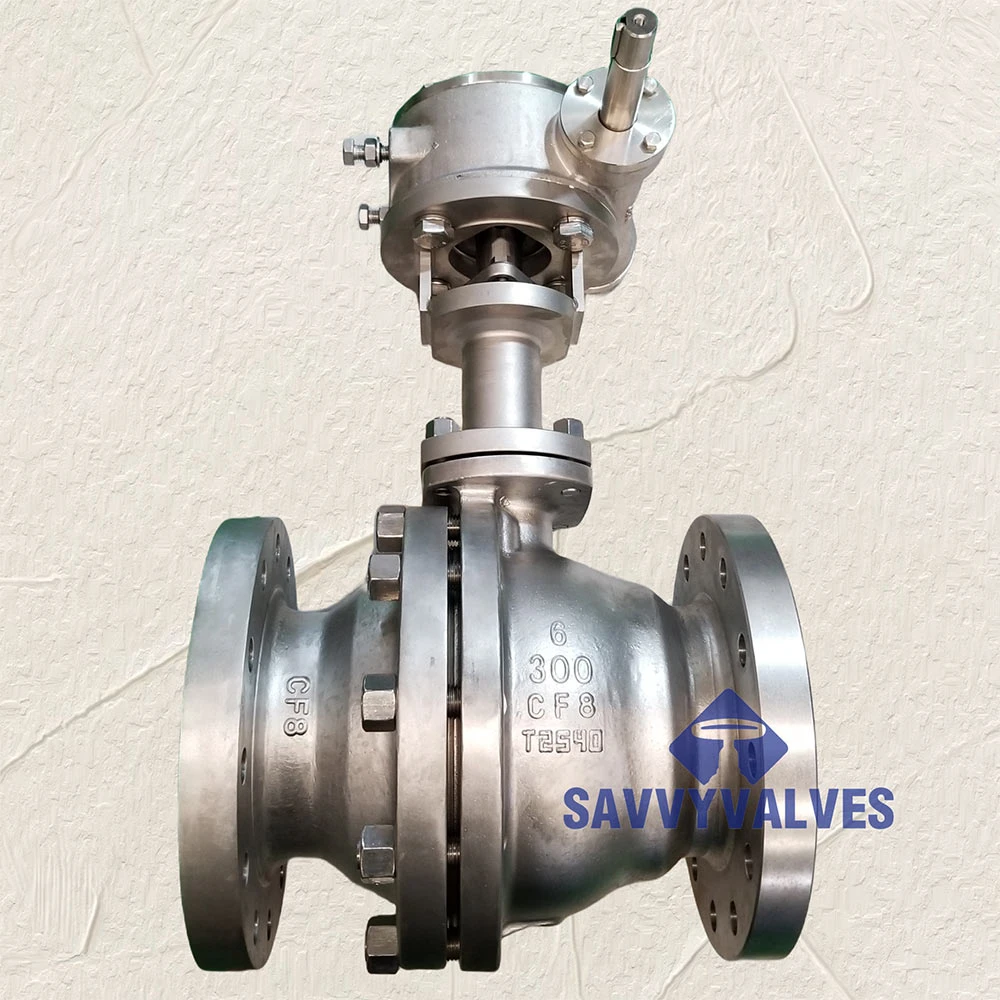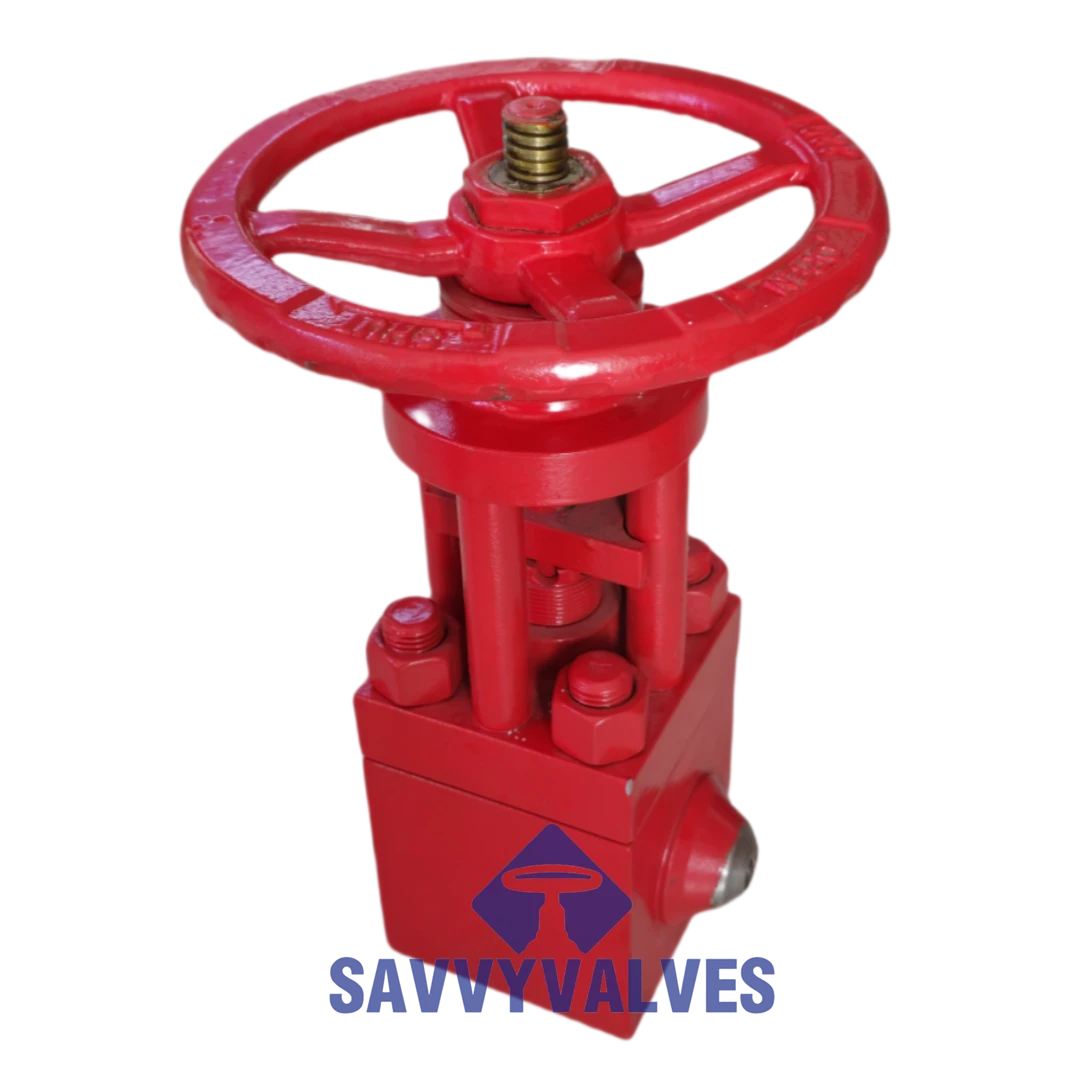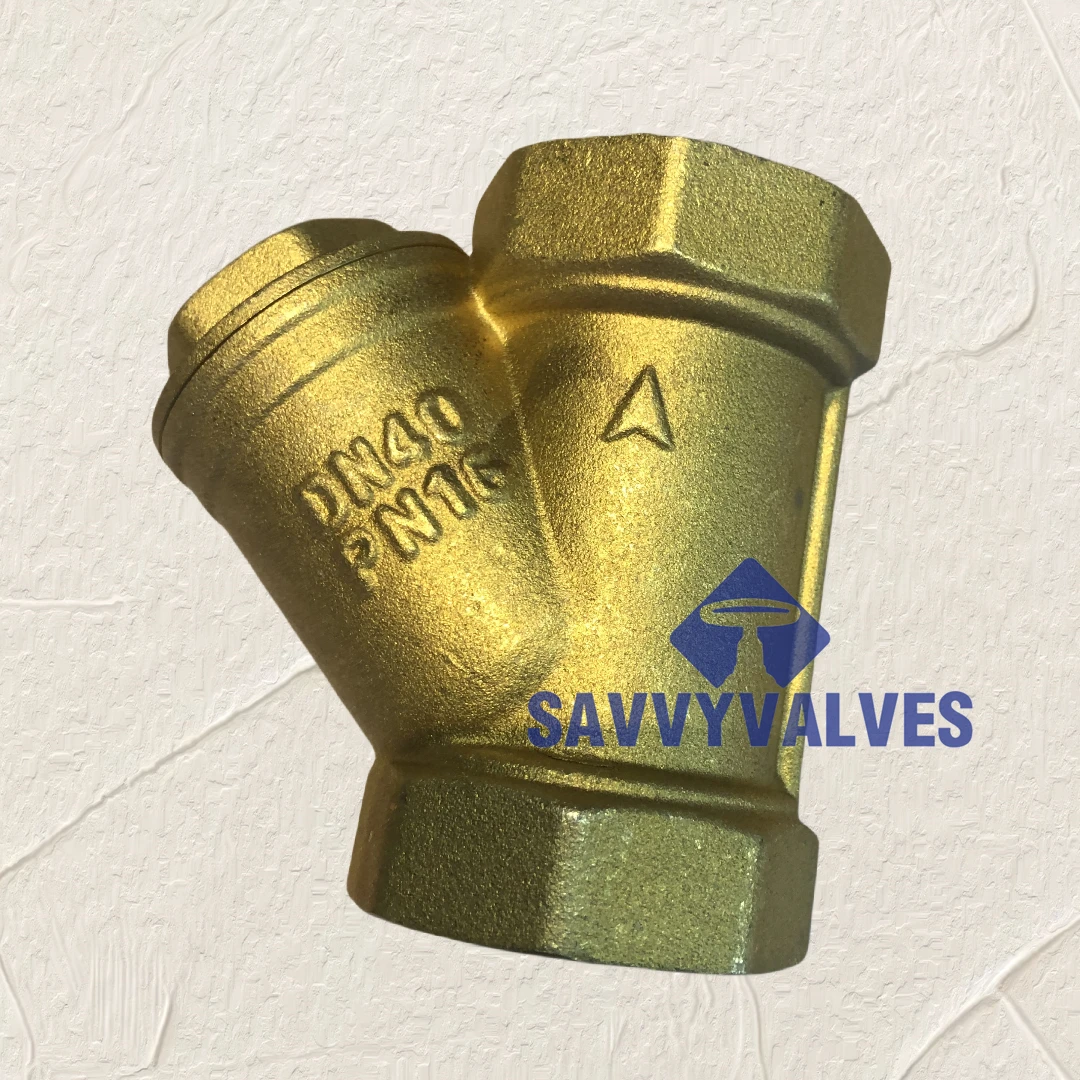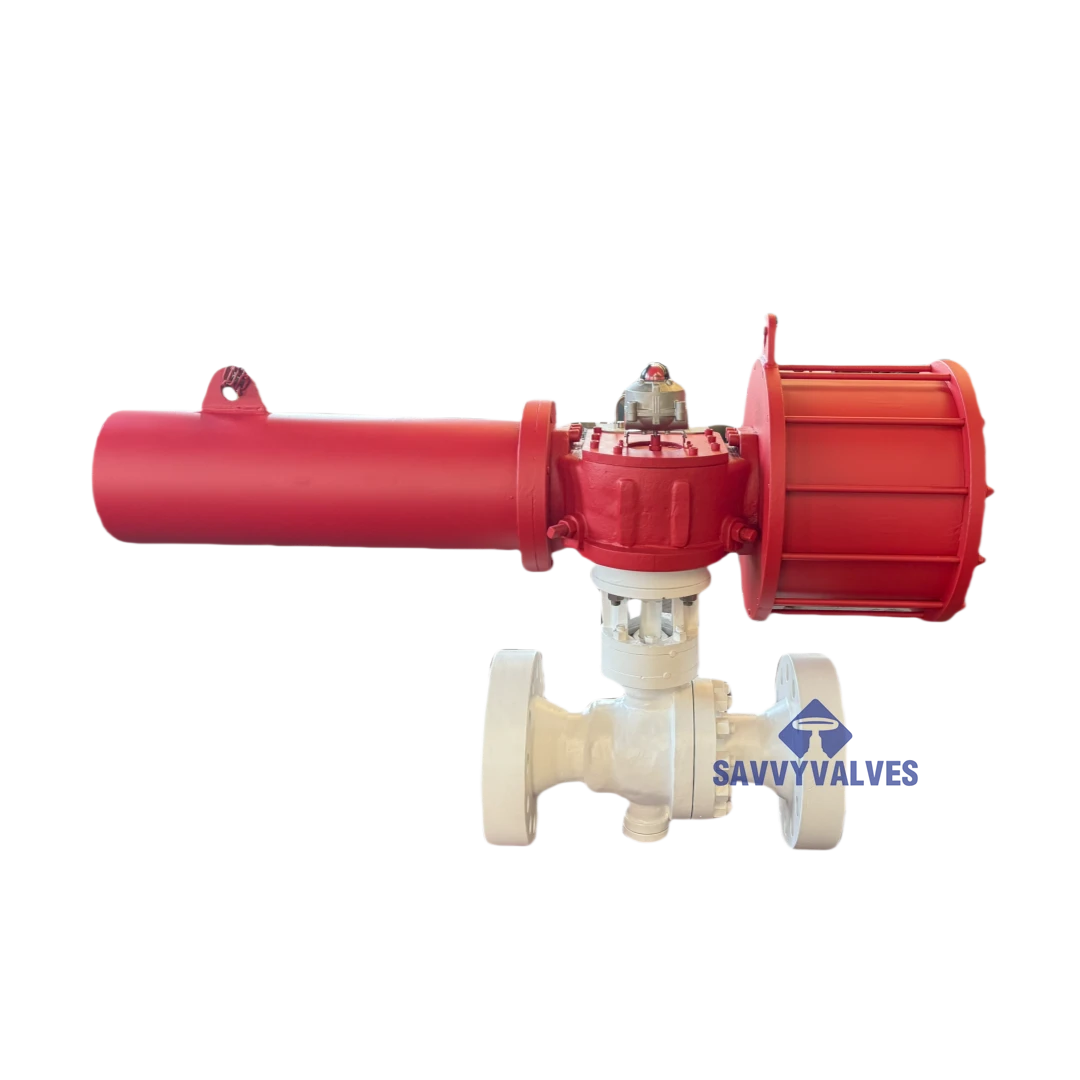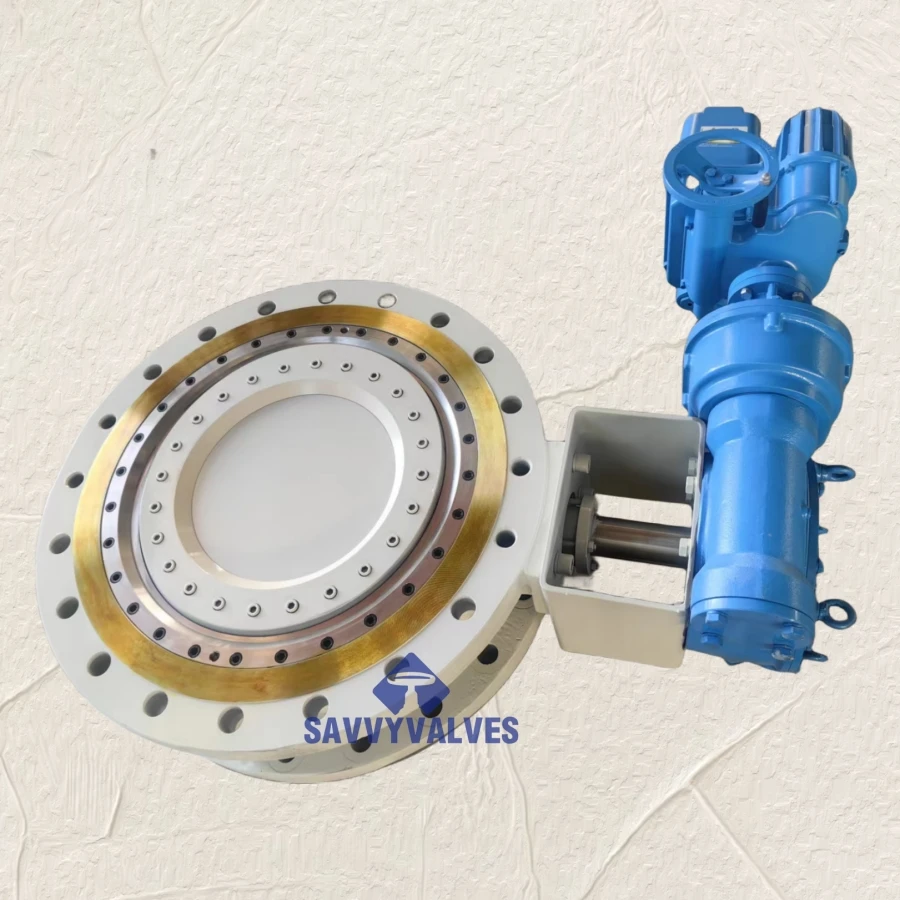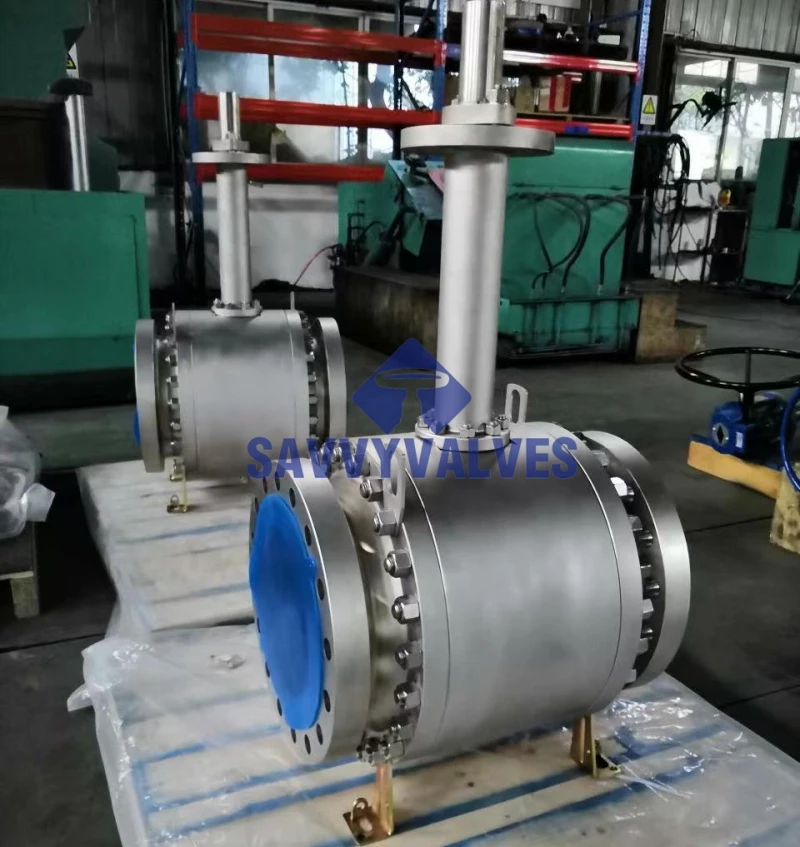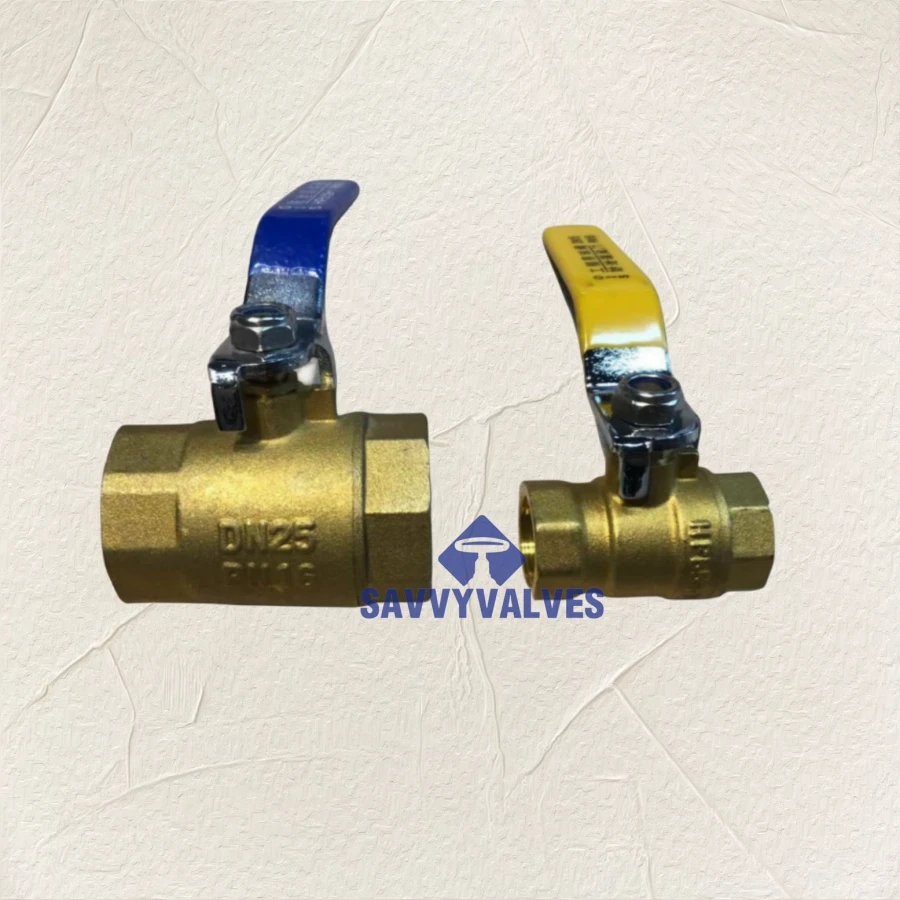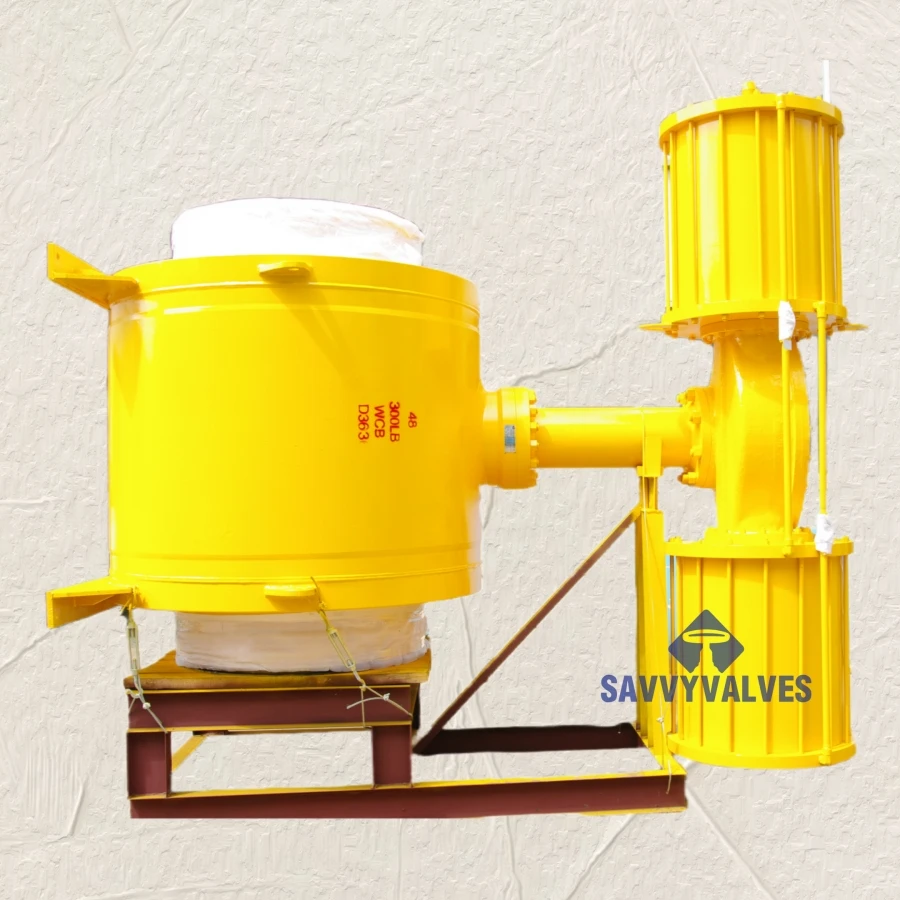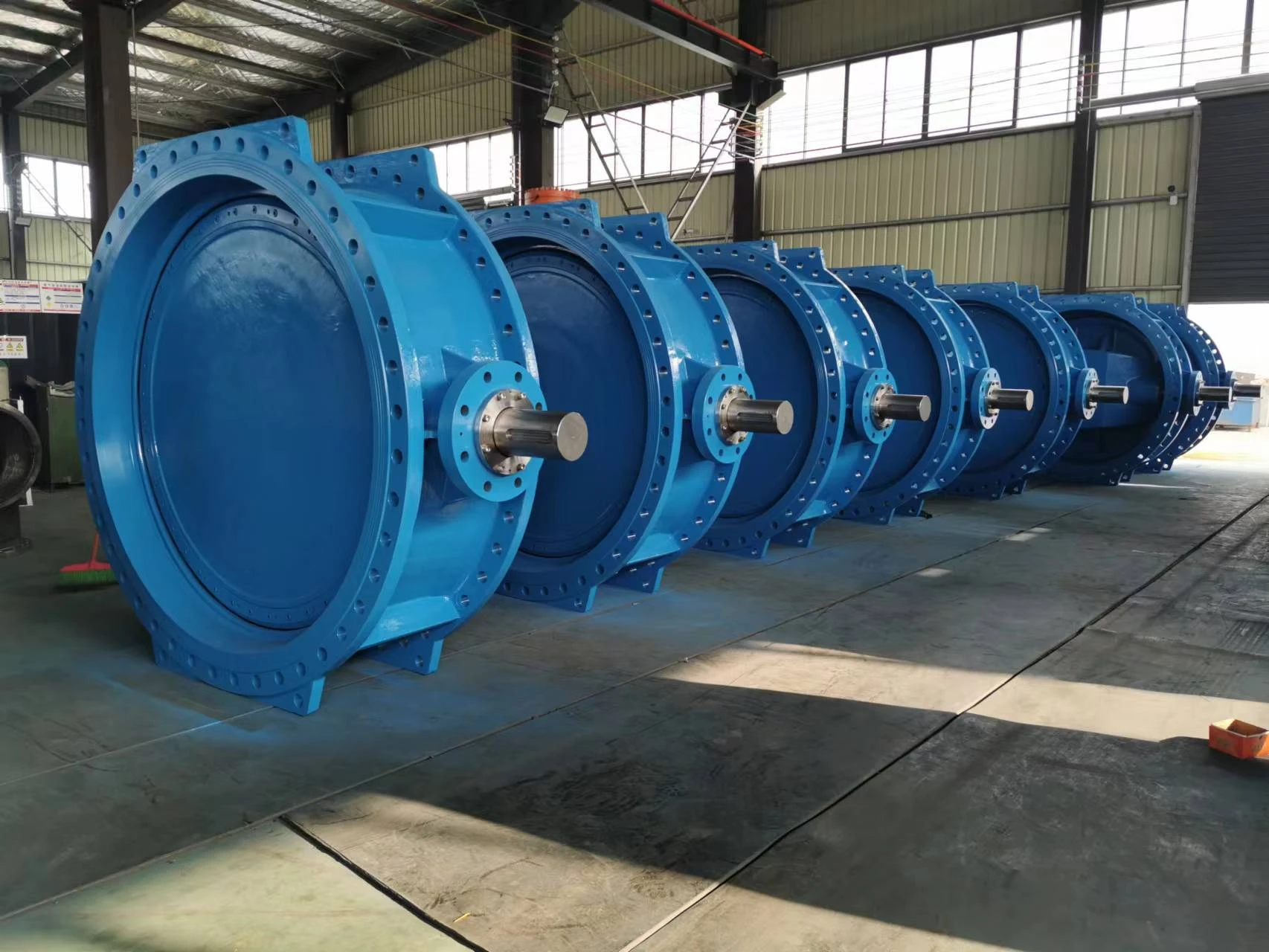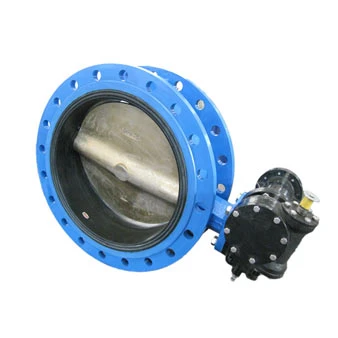1. Overview
A ball valve is a quarter-turn rotary valve that controls flow by rotating a spherical disc. Key features include:
- Excellent sealing (metal seats achieve ANSI Class VI)
- Minimal flow resistance (full-bore design matches pipeline ID)
- Rapid operation (90° rotation for full open/close)
- Long service life (wear-resistant designs support 100,000+ cycles)
2. Main Components
| Component | Description |
| Body | Cast/forged construction (WCB, CF8, duplex steel); connections: flanged/buttweld/threaded |
| Ball | Precision-polished sphere (Ra≤0.8μm); materials: 304/316 SS, Ni-plated carbon steel, ceramic-coated |
| Seat | Soft seal (PTFE/RPTFE) or metal seal (Stellite alloy) |
| Stem | Blowout-proof design; 17-4PH heat-treated; graphite packing with SS spring compensation |
| Actuation | Manual/pneumatic/electric/hydraulic (ISO 5211 mounting pad) |
3. Types
(1) By Design
- Floating Ball
- Ball presses against seats via media pressure
- Size range: DN15~DN200
- Pressure: PN16~PN40
- Trunnion Mounted
- Ball fixed by upper/lower stems; seats absorb pressure
- Size range: DN50~DN1200
- Pressure: PN16~PN250 (ANSI 150~2500)
(2) By Bore
- Full Bore: ID = pipeline ID (for pigging)
- Reduced Bore: ID ≈ 80% pipeline ID (cost-effective)
(3) Special Types
- V-Port Ball: V-notch for precise control (≈equal percentage characteristic)
- Three-Piece Body: Removable for maintenance
- Top-Entry: In-line repairable design
4. Specifications
| Parameter | Range | Notes |
| Size (DN) | DN8~DN1200 | Custom designs for larger sizes |
| Pressure Rating | PN10~PN420 (ANSI 150~2500) | High-pressure trunnion valves up to 2500LB |
| Temperature | -196℃~550℃ | Cryogenic treatment for low temps |
| Media | Water/oil/gas/acids/slurries | Fluorine-lined for corrosive media |
| Leakage Class | ANSI Class IV/V/VI | Metal seats achieve Class VI |
| Operation Speed | Pneumatic: 0.5 sec (fastest) | Large electric valves: 10-30 sec |
5. Applications
① Oil & Gas
- Pipeline block valves (API 6D)
- LNG cryogenic valves (-196℃ austenitic SS)
② Chemical
- Corrosive media (PTFE-lined)
- High-pressure reactors (forged trunnion valves)
③ Power
- Boiler feedwater (hard-seal forged valves)
- Steam lines (bellows-sealed valves)
④ Water Treatment
- Municipal networks (full-bore epoxy-coated)
- Wastewater (wear-resistant ceramic-coated)
⑤ Specialized
- Semiconductor (ultra-high-purity gas)
- Marine systems (bronze seawater valves)
6. Selection Guide
| Application | Recommended Type |
| Water/gas (PN16) | Floating ball + PTFE seats |
| High-pressure oil (PN100) | Trunnion mounted + metal seats |
| Acids/alkalis | Fluorine-lined/Hastelloy ball |
| Cryogenic LNG (-196℃) | Cryogenically treated SS valves |
| Abrasive slurries | Hard-faced alloy-coated balls |
7. Pros & Cons
✔ Advantages
- Bubble-tight sealing (bidirectional)
- Easy maintenance (in-line seat replacement for some models)
- Fire-safe design (API 607 certified)
✖ Limitations
- Unsuitable for throttling (except V-port)
- High cost for large-diameter/high-pressure valves
8. Standards
- API 6D: Pipeline valves
- API 608: Flanged metal ball valves
- ISO 17292: Petroleum/petrochemical valves
- ASME B16.34: Pressure-temperature ratings
9. Maintenance
- Inspect stem packing quarterly
- Annual seal integrity tests for high-pressure valves
- Bellows-sealed designs for corrosive environments
Conclusion
Ball valves excel in sealing and low-flow resistance, making them essential for industrial piping systems. Proper selection based on media properties, pressure, and frequency ensures long-term reliability.

